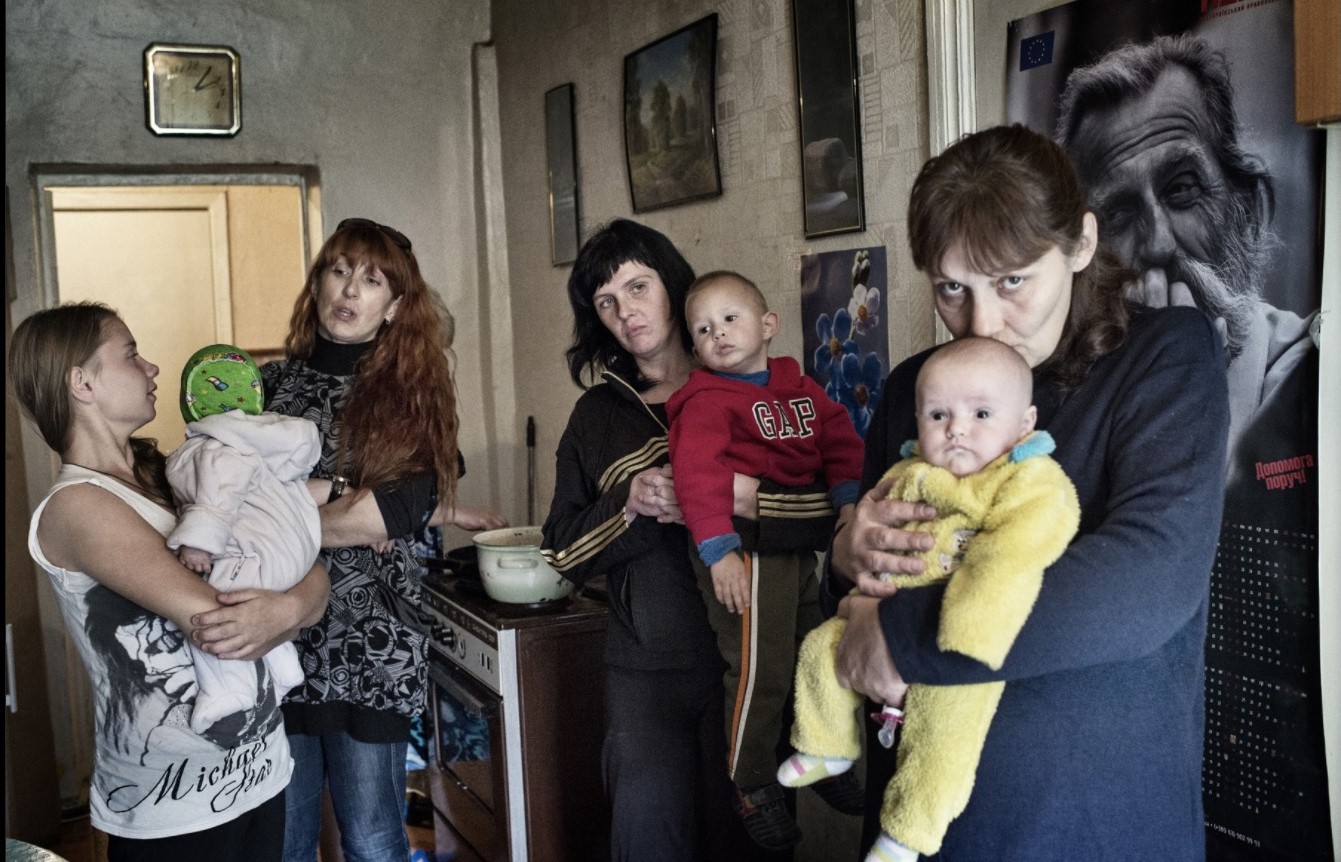(This is a re-post — the original location of the English article is here. The informal Russian translation can be found at GLORI’s website).

When Yulia, the coordinator of the women’s outreach program at a harm reduction service in Kyiv, Ukraine, noticed a young client’s relationship with her partner was becoming increasingly violent, she called the local government-run women’s shelter for help. The reply was short: “Does she use drugs or alcohol? Yes? Then we cannot take her.”
The shelter eventually agreed to admit the woman on the condition that she enroll in a methadone program and stop using illegal drugs. But Yulia remains worried: “Even if he lets her, enrolling into drug treatment will take weeks, while I need to get her into safety tonight. And I cannot call the police: instead of protection, she will get arrested because she is a drug user.”
Yulia’s client is not alone. According to the World Health Organization, one in three women will experience violence in her life, most commonly at the hand of an intimate partner. But for women who use drugs, this number is closer to 76 percent, like in Indonesia, or 80 percent, like in Kyrgyzstan—where half of the women surveyed also named the police among their abusers. This is one of the reasons violence against women who use drugs is a major public health problem: police are often both the first responders to reports of domestic violence, and the frontline enforcers of the war on drugs. They often treat women who use drugs as potential offenders, rather than as fellow citizens whose health and rights they are charged with protecting.
And, as Yulia’s client discovered, organizations that support women experiencing violence are rarely prepared to open their doors to women who use drugs. Most women’s shelters around the world require clients to abstain from drugs or alcohol, despite the clear evidence that women with a history of abuse often end up using drugs or alcohol to cope with their trauma.
When women seek treatment for their drug use, they often still find themselves in unsafe environments. Gender-specific programs are rare, and men tend to outnumber women in harm reduction and drug treatment programs, exposing women to the same patterns of control and intimidation that they face at home. This is one of the reasons that a recent UN report found that one in five women who use drugs is able to access drug treatment. For example, women make up less than two percent of patients in methadone therapy programs in Georgia.
Without access to safety and treatment, women often remain locked in the cycle of gender-based violence, and the impact on their health and that of their children can be devastating. Fear of violence makes it dangerous for women to negotiate safe sex or to refuse to share injection equipment with their partners. As a result, women exposed to intimate partner violence are 50 percent as likely to acquire HIV. But a positive HIV test is a major risk factor for violence, which means women might avoid getting tested—thereby missing the opportunity to access lifesaving medication.
Activists working to end gender-based violence need to do more to reach out to women who use drugs. There are many solutions to the crisis, from investing in harm reduction programs tailored to women, advocating to decriminalize drug use and sex work, and working to end discriminatory policies that bar women who use drugs from shelters and other sources of support.
For example, in Kyrgyzstan, Project WINGS (Women Initiating New Goals of Safety) helps women who use drugs develop safety plans and gain access to legal aid and health care. Harm reduction organizations in India, Ukraine, and Georgia are creating similar initiatives—but for this work to continue, we need more sustained investment in community-based harm reduction services that are sensitive to women’s needs.
Services alone can’t end the epidemic of violence these women are facing. Too often, women who use drugs are left out of the conversation about gender-based violence. That’s starting to change: in 2016, a group of women who use drugs participated for the first time in the global feminist forum organized by Association for Women’s Rights in Development, bringing the impact of punitive drug policies on women’s rights and health to the attention of feminist activists from around the world. Women who use drugs are also bringing their stories to the UN Committee on the Elimination of Discrimination against Women, demanding to be recognized as citizens with rights, not criminals.
During this year’s 16 Days of Activism Against Gender-Based Violence, the movement to end violence against women needs to start listening to the voices of women who use drugs—and making them part of the solution.

















